Wholesale Pajamas for Printing
Wholesale Pajamas for Printing are ideal for brands, retailers, and designers who want to create custom sleepwear collections. Whether you’re launching a seasonal line or adding fun designs like animal print pajamas for adults, we provide high-quality blank pajamas ready for screen printing, sublimation, or embroidery. At Friendtex, we specialize in breathable, skin-friendly bamboo viscose pajamas that are perfect for both adults and children. We manufacture in bulk and offer flexible MOQs to support both small and large businesses. Looking to launch your own pajama brand? Contact us today to get started with your custom sleepwear production.
Our Custom Printing Pajama Services Include
Cotton, Bamboo Viscose, Silk, Etc.
Names, Logos, Patterns, Letters, Colors.
1 hour design, 2 hours Proto Sample, 3 days for delivery
Timetable for Your Sample Development
Make pattern
Prepare Fabric
3 Working DaysPrinting or Embroidery
5 Working DaysSewing
2 Working DaysPrinting Pajamas Styles
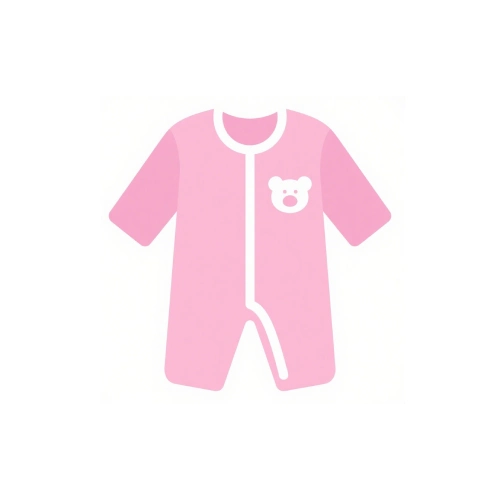
Pullover

Button

Onesie
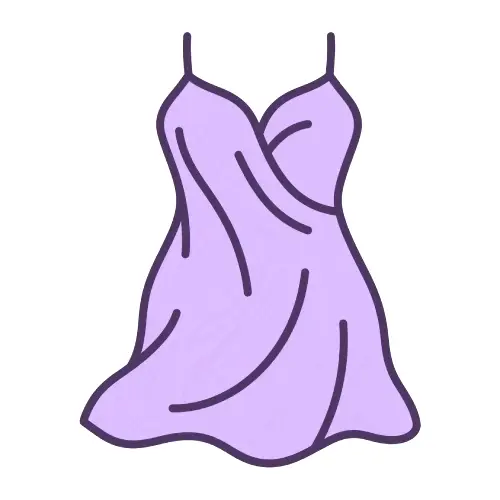
Nightgown
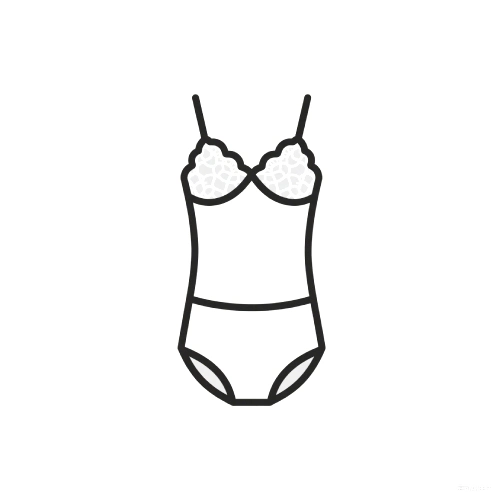
Camisole
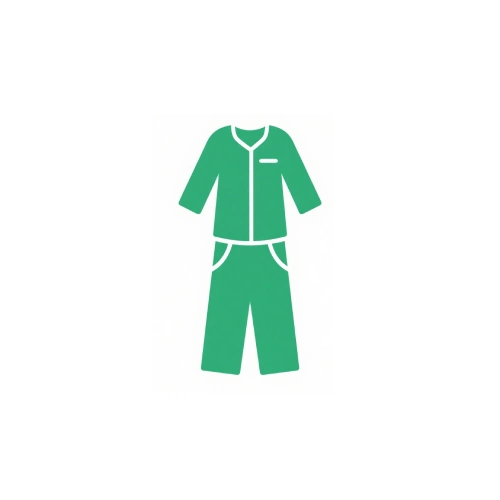
Loungewear
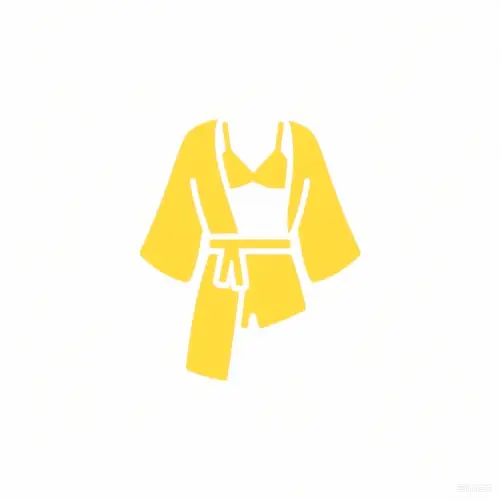
Robe
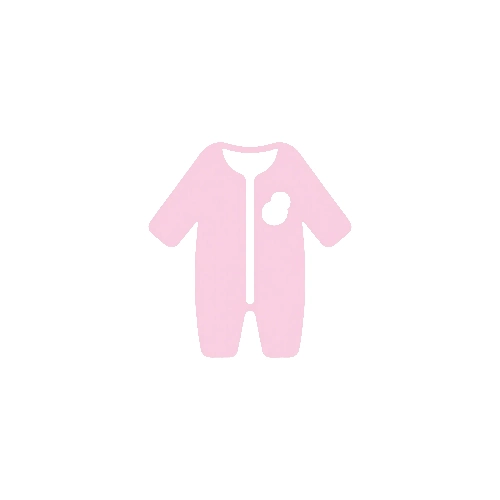
Nursing

Matching Couple
Customizable Printing Pajamas Styles
cat print pajamas for adults
dog print pajamas for adults
dog print pajamas for men
dog print pajamas for kids
leopard print pajamas for women
zebra print pajamas for adults
cotton print pajamas for women
bunny print pajamas for adults
cow print pajamas for adults
Pajamas for Printing Process
| Stage | Description | Key Points |
|---|---|---|
| 1. Fabric Selection | Choose suitable fabric for printing and comfort. | Cotton, bamboo, modal, and polyester blends are most common. Must ensure color retention and skin-friendliness. |
| 2. Pre-Treatment | Prepare fabric for better ink absorption. | Involves washing, softening, and coating (especially for digital/sublimation printing). |
| 3. Design Creation | Create or receive custom print design files. | Use vector files or high-res raster images (AI, PSD, PNG, etc.). Ensure seamless pattern if needed. |
| 4. Printing Method Selection | Choose the right technique based on fabric type and design complexity. | – Screen Printing: Best for bold colors and large volumes. – Digital Printing (DTG/DTF): Great for detailed and colorful designs. – Sublimation: Only for polyester; vivid and permanent. |
| 5. Fabric Printing | Apply designs onto fabric. | Machines vary by method (e.g., rotary screen printer, DTG printer, sublimation press). |
| 6. Heat Fixation / Curing | Set the colors to ensure durability. | Heat press or conveyor dryer is used to lock in the design and improve washfastness. |
| 7. Cutting & Sewing | Cut printed fabric according to pajama patterns. | Accurate alignment is important to match designs (especially for all-over prints). |
| 8. Finishing & QC | Sew, add accessories, and inspect the final garment. | Check stitching, color consistency, size, softness, and label/tag placement. |
| 9. Packaging | Fold, label, and pack according to client or brand requirements. | May include custom packaging or hang tags for wholesale orders. |
2025 Pajama Printing: Eco & Custom Trends
🌿 Eco-Friendly Printing Is a Must
Consumers care more than ever about how their clothes are made. Eco-conscious printing is now the standard.
Popular techniques include:
Water-based inks (gentle on skin and planet)
Digital printing (precise, low-waste)
Certified inks and fabrics (like OEKO-TEX®, GOTS)
Why it matters:
Eco-printing not only reduces waste but also delivers a softer feel and more vibrant results.
→ Need eco-print options? [Contact us today]
🌱 Sustainable Fabrics Are Winning
Today’s consumers want fabric that feels good and does good. Choosing the right base for your print makes all the difference.
Best fabric choices for printing:
Bamboo Viscose – silky, breathable, eco
TENCEL™ Lyocell – soft, elegant, moisture-wicking
Organic Cotton – natural, durable, familiar
→ Want to see swatches? [Request free samples]
🌙 Smart Features Add Value
Beyond prints, functionality is becoming a key feature in modern pajamas.
Trending innovations:
Antibacterial finishes
Temperature-regulating fabrics
Aromatherapy pockets and tech integration
→ Curious about smart pajamas? [Ask us what’s possible]
Ⅰ. The Hidden Costs Behind “Eco-Friendly” Claims
Problem:
Many buyers unknowingly pay 20-30% premiums for “sustainable” prints that fail basic durability tests.
Our 2025 Lab Findings:
| Printing Method | Wash Cycles Before Fading | Actual Cost Per Wear |
|---|---|---|
| Conventional Plastisol | 38 cycles | $0.12 |
| Cheap “Eco” Water-Based | 9 cycles | $0.47 |
| Our Nano-Pigment System | 75+ cycles | $0.09 |

FAQs of Wholesale Pajamas for Printing
What is the best fabric for baby summer pajamas?
The best fabric for baby summer pajamas is lightweight, breathable, and soft on the skin. Bamboo and organic cotton are top choices because they regulate temperature, wick away moisture, and are gentle for sensitive skin. Bamboo viscose feels cool to the touch and has natural antibacterial properties, making it ideal for hot climates. Avoid synthetic fabrics like polyester, which can trap heat. Look for pajamas labeled “breathable” and “lightweight” to ensure your baby stays cool and comfortable all night.
How do I choose the right size for baby summer pajamas?
To choose the right size for baby summer pajamas, always refer to the size chart provided by the brand or manufacturer. Sizing varies between companies, so age-based sizes like “6–12 months” may not always fit. Measure your baby’s height and weight and compare with the chart. Look for pajamas with a little stretch and room to move, but not too loose for safety. Choosing footless or short-sleeve styles can help fit longer as your baby grows in the summer.
Are bamboo summer pajamas safe for babies with sensitive skin?
Yes, bamboo summer pajamas are a safe and excellent choice for babies with sensitive skin. Bamboo fabric is naturally hypoallergenic, soft, and breathable. It doesn’t cause irritation or cling to the skin and is resistant to odor and bacteria. It also dries quickly, reducing moisture buildup that can lead to rashes. Just make sure the pajamas are made from certified bamboo viscose and are free from harsh dyes or chemical finishes. Look for OEKO-TEX® or GOTS-certified products to ensure safety.
How should I wash baby summer pajamas to keep them soft?
To keep baby summer pajamas soft and long-lasting, wash them in cold water using a gentle baby-safe detergent. Avoid bleach or fabric softeners, which can damage delicate fibers. Use a gentle cycle, and if possible, place the pajamas in a mesh laundry bag. Hang them to air dry or use a low-heat tumble setting. Bamboo and cotton pajamas maintain their softness and shape when cared for properly. Washing inside out also helps preserve colors and prints, especially with custom or designer styles.
What makes short-sleeve baby pajamas better for summer?
Short-sleeve baby pajamas are better for summer because they allow better airflow, reduce overheating, and help babies sleep more comfortably in warm weather. Combined with breathable materials like bamboo or cotton, they offer natural temperature control. Babies can overheat quickly, so short sleeves reduce the risk, especially when the room is above 72°F (22°C). These pajamas are also easier to layer with a sleep sack if needed. They’re lightweight, practical, and perfect for daily wear or travel during warmer months.
Are footless baby pajamas better for hot weather?
Yes, footless baby pajamas are often better for hot weather. They allow better air circulation and keep your baby’s body temperature regulated while sleeping. Babies tend to sweat more in the heat, so removing coverage from the feet can help them stay cool and reduce irritation or rashes. Footless styles also give more room for growing feet and easier diaper changes. Pair them with short sleeves and breathable fabrics like bamboo or cotton for the best summer sleep solution.
Can babies wear pajamas during summer naps and nighttime sleep?
Yes, babies should wear pajamas during summer naps and nighttime sleep, but they should be seasonally appropriate. Look for pajamas made from moisture-wicking, lightweight, and breathable fabrics like bamboo or cotton. Avoid heavy, tight-fitting, or multi-layered clothing. During very warm weather, a short-sleeve onesie or footless pajama is usually enough. Keep the room temperature between 68–72°F (20–22°C) and monitor for signs of overheating such as sweating, flushed skin, or restlessness. Choosing the right pajama helps improve sleep quality and comfort.
Do you offer custom designs for baby summer pajamas?
Yes, we specialize in custom designs for baby summer pajamas. As a professional manufacturer, we can help you create seasonal collections tailored to your brand. We offer flexible options in fabric selection (like bamboo or organic cotton), colorways, patterns, trims, and labeling. You can choose from short sleeves, footless designs, or two-piece sets. We also support private labeling and packaging solutions. Whether you’re a boutique brand or large distributor, we’re here to bring your vision to life—contact us today for samples and quotes.
What materials do you use in your baby summer pajamas?
We primarily use premium-grade bamboo viscose, organic cotton, and cotton-bamboo blends for baby summer pajamas. These materials are soft, lightweight, and ideal for warm climates. All fabrics meet global safety and sustainability standards such as OEKO-TEX® and GOTS certifications. Our focus is on comfort, breathability, and durability, ensuring each piece is gentle on baby skin and lasts through many washes. We’re proud to deliver eco-friendly sleepwear solutions that meet both parent expectations and retail market trends.
